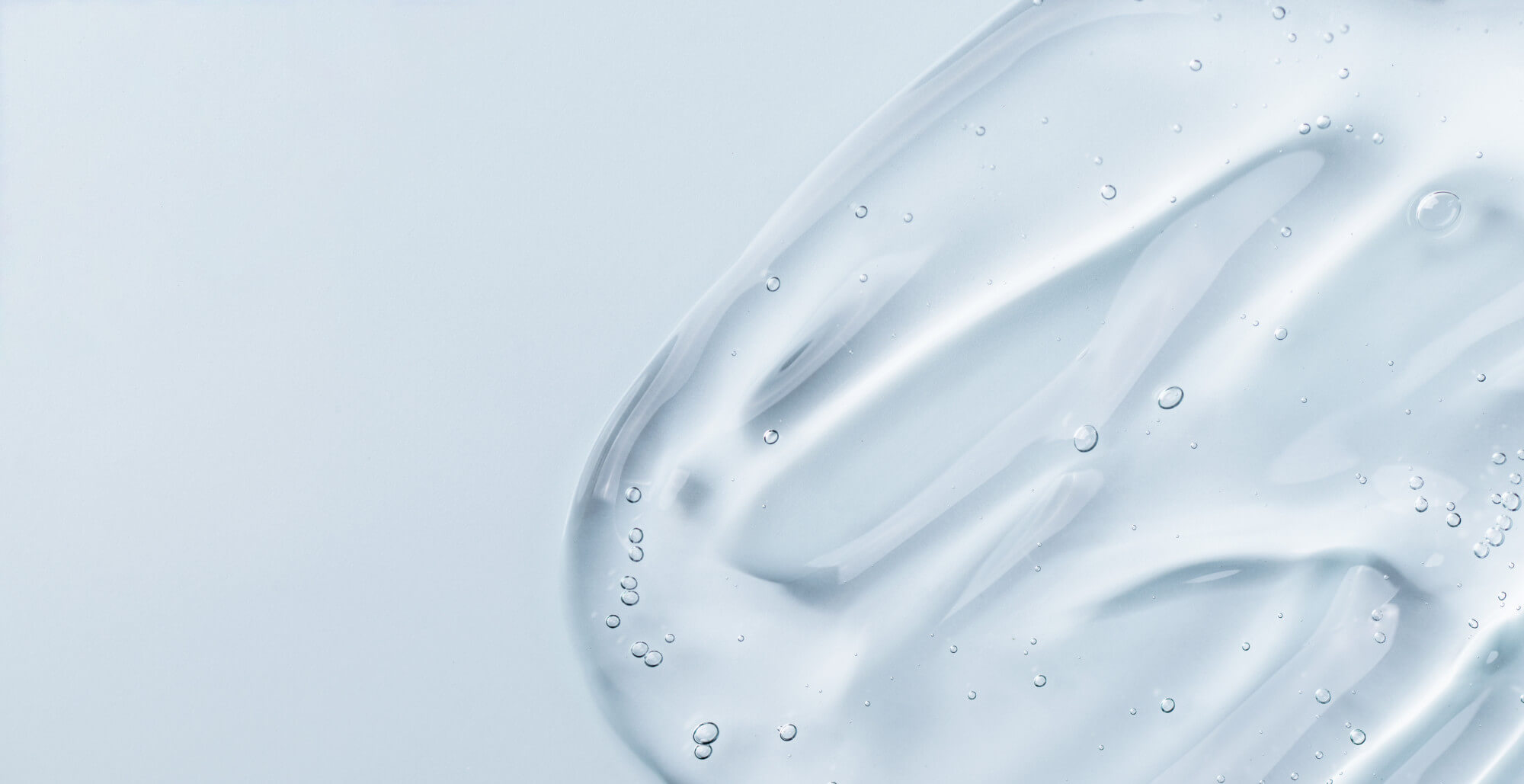An in-depth exploration of silicones, their role in cosmetic products, and the ongoing debate over potential health and environmental risks.

This blog is about silicones in cosmetics
Silicones are a class of synthetic chemicals commonly used in cosmetics and personal care products. They are added to products such as shampoos, conditioners, lotions, and foundations because of their unique properties. In this journal, we will examine silicones, discuss their function in cosmetics, and explore ongoing concerns about their potential health and environmental risks.
The function of silicones in cosmetics
Silicones are often added to cosmetic products because of their versatile properties:
- Texture and lubrication: Silicones can give products a smooth and soft texture, contributing to a pleasant application.
- Heat protection: In hair care products, silicones provide a protective layer that can protect hair from heat from styling tools.
- Water repellency: Silicones can help repel water, which can be useful in certain products such as water-resistant makeup.
- Gloss: Silicones can provide a shiny finish in hair care products.
Concerns about potential dangers
Despite their benefits, there are growing concerns about potential risks associated with the use of silicones in cosmetics:
- Accumulation on skin: Concerns have been raised that silicones can lead to accumulation on the skin, potentially causing pore clogging and acne, especially in people with sensitive skin.
- Environmental impact: Silicones are difficult to biodegrade and can pose an environmental problem if they enter waterways. They can contribute to the pollution of aquatic ecosystems.
- Potential allergic reactions: Some people may react allergically to certain silicone compounds, resulting in skin irritation and redness.
Regulations and conscious choices
Regulations regarding the use of silicone in cosmetics vary from country to country, but there are restrictions and bans on certain types of silicone in some areas. Manufacturers are also responding to the demand for silicone-free products by using alternative ingredients. Consumers are encouraged to make conscious choices when selecting cosmetic products. Reading ingredient lists, understanding individual skin needs, and choosing products that meet personal preferences are some steps that can be taken.
This blog highlights the ongoing discussion about silicones in cosmetics, their function, and the potential health and environmental risks. While scientific research and regulation continue to evolve, it is important for consumers to make informed decisions and select products that match their individual needs and concerns.